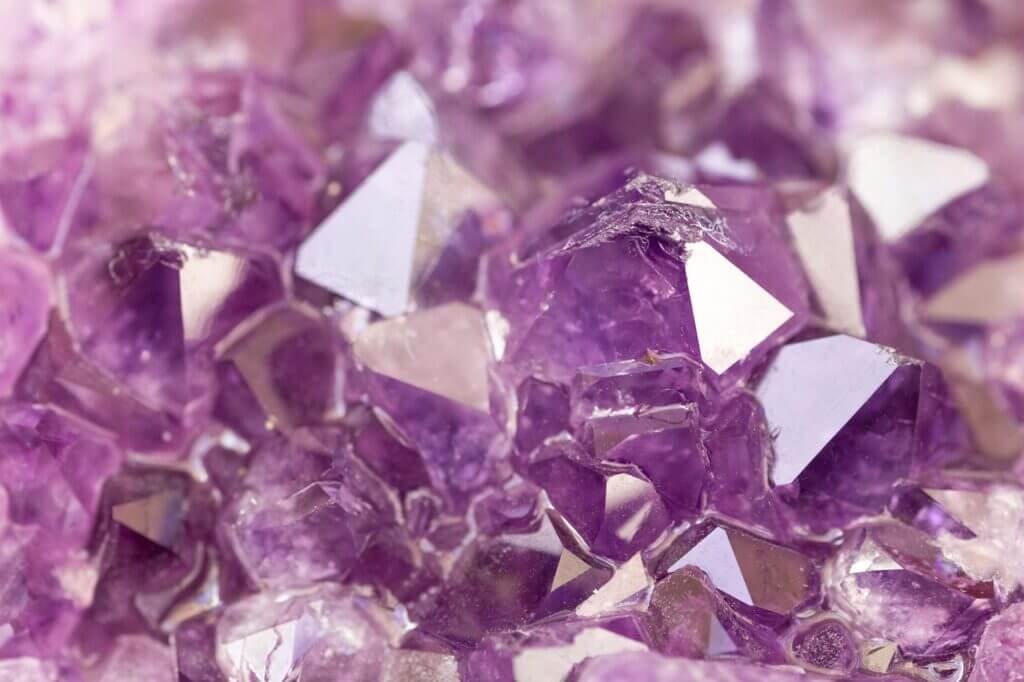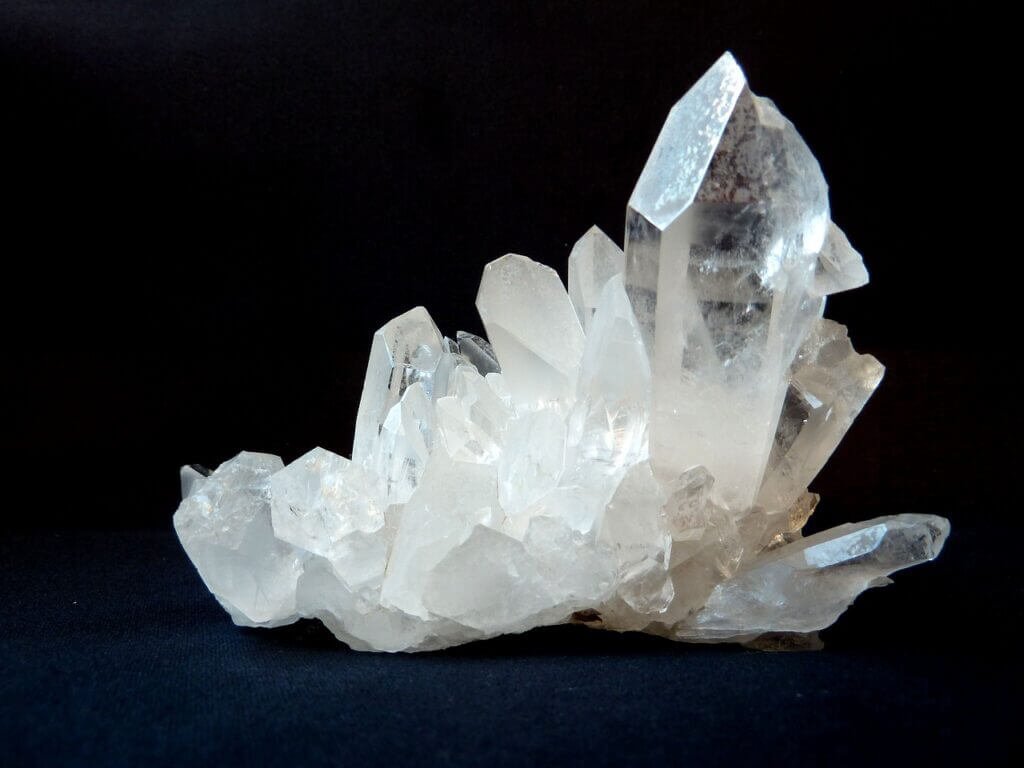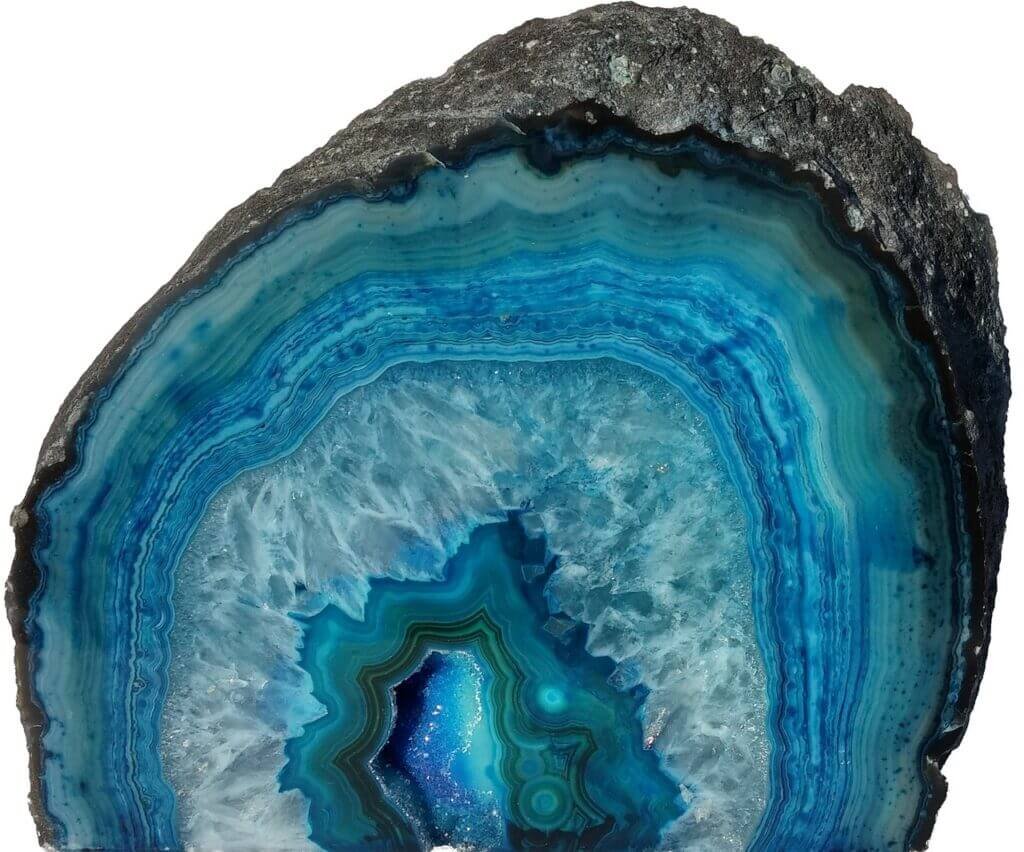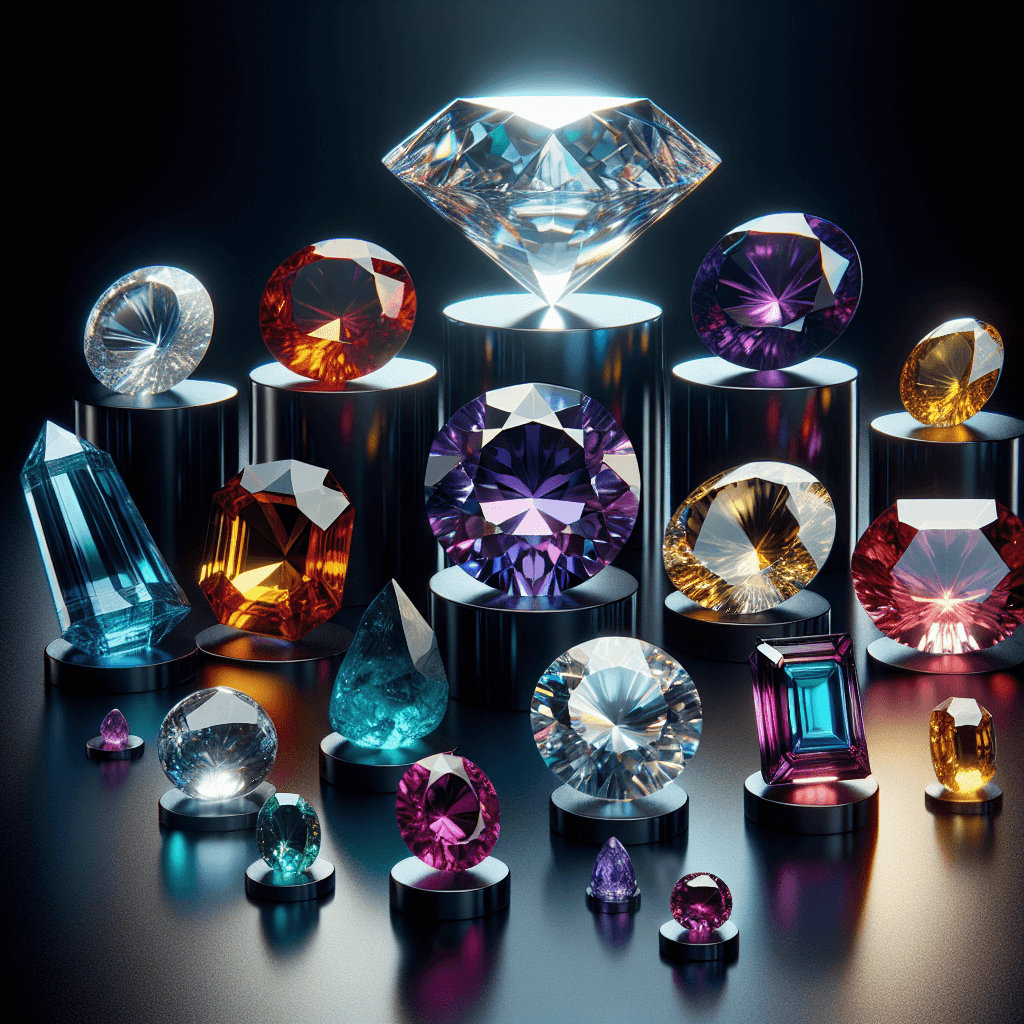What Are The Strongest Types Of Gemstones?
what are the strongest types of gemstones? Embarking on a fascinating journey into the world of precious stones, this exploration will enlighten you about the strongest types of gemstones out there. Offered through the lens of experts and seasoned gemologists, you’ll glimpse into the extraordinary physical properties of these stunning natural wonders and how they’ve made an indelible mark in human history and culture.

Understanding Gemstone Hardness
To understand the resilience and durability of different gemstones, we first need to grasp one key concept: the hardness of gemstones. But what does hardness mean in the context of gemstones? Simply put, hardness in gemstones refers to their ability to resist scratching. It’s a measure of how much a gemstone can withstand wear and tear over time.
Concept of hardness in gemstones
When we talk about the hardness of a gemstone, we’re essentially discussing its resistance to being scratched. It’s not about how “tough” or “strong” the gemstone is in the conventional sense, but rather how well it can maintain its polished surface when exposed to rough treatment. This makes hardness a crucial consideration when choosing a gemstone for jewelry that will be worn frequently, such as rings and bracelets.
Mohs scale of mineral hardness
The hardness of minerals, including gemstones, is often measured using what’s known as the Mohs scale. This scale, which runs from 1 to 10, was developed in the 1800s by a German mineralogist named Friedrich Mohs. On this scale, 1 represents the softest mineral (talc), while 10 represents the hardest (diamond). Each number on the scale is 10 times harder than the previous one, making this a very useful tool for comparing the hardness of different gemstones.
Importance of gemstone hardness
The hardness of a gemstone is not just a curious mineralogical fact. It has direct practical implications for the longevity and appearance of gemstone jewelry. Softer gemstones like turquoise or pearl (under 5 on the Mohs scale) can scratch easily, limiting their use to earrings, brooches, or other pieces that receive less wear. Conversely, harder gemstones like ruby or diamond (9 and 10 on the Mohs scale, respectively) can endure frequent wear and tear, making them excellent choices for everyday jewelry like wedding rings.
Diamonds’ Superior Strength
When discussing gemstone hardness, it’s impossible to leave out diamonds. These dazzling stones are not just beautiful—they’re also incredibly tough.
Diamonds on the Mohs scale
Setting the standard for hardness, the diamond is the only gemstone to sit at a solid 10 on the Mohs scale. This means that nothing else can scratch a diamond, other than another diamond. This remarkable hardness is one of the reasons why diamonds are so valued as gemstones.
Why diamonds are the hardest gemstones
This stunning hardness of diamonds can be attributed to their composition. Diamonds are made entirely of carbon atoms, which form robust covalent bonds with each other, creating a tightly-packed crystal lattice structure. This unique structure endows diamonds with their incredible strength and resilience.
Applications of diamond due to its hardness
Because of their unrivaled hardness, diamonds are used for more than just jewelry. They’re used in industrial applications for cutting, grinding, drilling, and even in high-performance speaker domes. In jewelry, the combination of their hardness and their ability to refract light makes them a popular choice for engagement rings and other items intended for everyday wear.

Sapphire and Ruby’s Strength
Sapphire and ruby are two gemstones that boast impressive strength. They are actually the same mineral—corundum—but in different colors.
Sapphire and Ruby on the Mohs scale
Both sapphire and ruby register a 9 on the Mohs scale, putting them right behind diamonds in terms of hardness. This means that they’re extremely resistant to scratches and scrapes, making them excellent choices for all types of jewelry.
Reasons behind their strength
The strength of sapphire and ruby stems from the corundum’s trigonal crystal structure, which forms tight and strong bonds that resist scratching. The presence of traces of different impurities like iron and titanium dyes the crystals blue, forming sapphire, while traces of chromium turn them red, resulting in ruby.
Differences between Sapphire and Ruby’s strength
Despite originating from the same mineral, there’s a slight difference in hardness between sapphire and ruby. Sapphire is a touch harder than ruby due to the presence of slight amounts of iron and titanium, which aren’t present in ruby. Regardless, both gemstones are tough enough to withstand constant wear and tear, hence their popularity in fine jewelry.
The Strength of Alexandrite
Alexandrite, another noteworthy hard gemstone, is renowned for its unique ability to change color under different lighting conditions.
Alexandrite on the Mohs scale
Alexandrite comes in at an 8.5 on the Mohs scale, making it one of the harder minerals in existence. Its remarkable hardness allows it to resist most scratching and abrasion, making it great for daily wear.
Factors contributing to Alexandrite’s strength
Alexandrite owes its strength to its composition. It belongs to the chrysoberyl family of minerals, which has an orthorhombic crystal structure. This structure, combined with the presence of traces of chromium, contributes to its considerable hardness.
Usage of Alexandrite due to its hardness
This hardness, coupled with its fascinating color-changing ability, makes Alexandrite a highly prized gemstone for jewelry. It’s hard enough for regular use, so it’s often found in rings, necklaces, and bracelets.

Resilience of Topaz Gemstones
Moving down the Mohs scale, we come to topaz. Known for its assortment of colors, topaz also boasts a considerable hardness that adds to its appeal.
Topaz on the Mohs scale
On the Mohs scale, topaz scores an 8, classifying it as a hard gemstone. This means a piece of topaz jewelry can endure a good deal of wear before showing signs of scratching or degradation.
Why Topaz is considered strong
Topaz ranks high on the hardness scale thanks to its orthorhombic crystal system and strong chemical bonds which make it resistant to scratching and damage. However, despite its hardness, topaz has perfect cleavage, which means it can easily split or chip when struck. Therefore, while its hardness is high, its toughness or resistance to breaking is not, and this should be taken into consideration when choosing topaz jewelry.
Range of strength in different Topaz gemstones
Though all topaz ranks the same on the hardness scale, certain colors of topaz, such as Imperial topaz, are harder to find than others and are, therefore, considered more precious. Additionally, the hardness of topaz is somewhat variable depending on the stone’s direction, which is referred to as its crystallographic orientation.
The Strength of Emerald
A member of the beryl family of minerals and admired for its rich green color, emerald also boasts laudable hardness.
Emerald on the Mohs scale
With a Mohs hardness of 7.5 to 8, emerald is relatively hard and resistant to scratching. However, it’s worth noting that many emeralds have inclusions or tiny internal flaws that can make them more susceptible to breaking.
What contributes to Emerald’s strength
The hardness of emerald is attributed to its hexagonal crystal structure. Inherent in the gem’s crystal lattice are strong covalent bonds that resist scratching.
Differentiating factors of Emerald’s hardness
Despite having a discernible hardness, emeralds are not the toughest gemstones. They’re often laden with inclusions that can affect their durability. Due to these inclusions, they can sometimes crack during cutting or when subjected to rough handling. As such, emeralds should be handled more gently than some harder gemstones.

Jade’s Distinctive Hardness
Jade, a gemstone highly revered in Asian traditions, is known for its strikingly beautiful green hue and surprising durability.
Jade on the Mohs scale
Jade—specifically jadeite jade—scores between 6.5 and 7 on the Mohs scale. While this isn’t as hard as some of the other gemstones, jade is very tough, thanks to its interlocking fibrous crystal structure, making it resistant to breaking.
Elements defining Jade’s hardness
The strength of jade stems from its complex structure. Rather than being made up of large crystal structures, jade is formed from interlocking fibrous crystals that weave together to form a compact mass. This makes jade very tough and resistant to breaking or chipping.
Role of Jade’s hardness in its uses
Due to its toughness and durability, jade has been used throughout history not only for jewelry but also for making tools, sculptures, and other artifacts.
Quartz and Its Strength
Quartz, one of the most common minerals in the Earth’s crust, is also noteworthy for its hardness.
Quartz on the Mohs scale
Ranking a solid 7 on the Mohs scale, quartz is hard and durable, lending itself well to a variety of gemstone uses.
How Quartz achieves its hardness
The hardness of quartz is due to its trigonal crystal system. As with other hard gemstones, it all boils down to the strength of the atomic bonds within the crystal structure. In the case of quartz, each silicon atom is bonded with four oxygen atoms and vice versa, resulting in a robust and hard structure.
Diversity in Quartz’s strength across varieties
Quartz has many different varieties, like amethyst and citrine, which all have the same hardness. However, depending on factors like inclusions and treatments, some types of quartz may be more or less durable than others. For instance, amethyst and citrine are relatively durable, while other quartz varieties, like rose quartz, often contain numerous inclusions that reduce their toughness.

The Hardness of Garnet
With its radiant array of colors, garnet makes a robust and eye-catching choice of gemstone.
Garnet on the Mohs scale
Garnet ranks between 6.5 and 7.5 on the Mohs hardness scale, depending on the variety. This makes it somewhat less hard than some of the gemstones we’ve discussed, but it’s still durable enough for most forms of jewelry.
Understanding the strength of Garnet
The strength of garnet originates from its cubic crystal system, which allows for strong ionic bonds. However, the hardness can vary somewhat between different varieties of garnet, with almandine and pyrope garnet being somewhat harder than other varieties.
How Garnet’s hardness influences its applications
Thanks to its decent hardness, garnet is often used in various types of jewelry. Beyond that, the abrasive qualities of garnet also make it useful in sandpaper and grinding wheels.
Exploring Other Hard Gemstones
While the gemstones we’ve explored so far are among the hardest ones, they’re not the only ones out there with noteworthy hardness. Other gemstones like tourmaline and aquamarine also boast impressive hardness.
Tourmaline’s strength on the Mohs scale
Tourmaline scores 7 to 7.5 on the Mohs scale, giving it a hardness comparable to that of quartz and garnet. This means that tourmaline is sufficiently tough for various types of jewelry, including rings.
The hardness factor in Aquamarine
Like its cousin emerald, aquamarine is part of the beryl family of minerals and shares the same hardness, 7.5 to 8 on the Mohs scale. As such, aquamarine shares emerald’s robustness while being generally less prone to inclusions, making it more durable overall.
The selection of hard gemstones goes well beyond those that we’ve explored today. Other noteworthy hard gemstones include spinel, zircon, and chrysoberyl. Each of these gemstones, with their unique colors and attributes, pair their beauty with remarkable durability. Understanding the hardness of these gemstones is important, as it affects not just their longevity and resilience, but also the ways in which they can be used and enjoyed.



